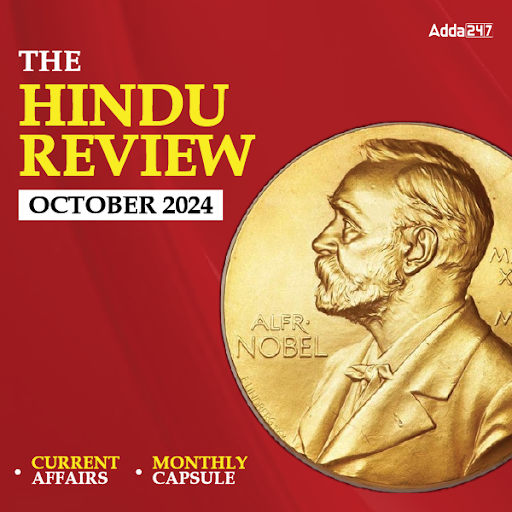Dear Readers,
We have started the 56 days Study Plan for IBPS PO Prelims. This study plan is to efficiently utilise time and hard work to channelise it towards smart work. From now quizzes on Bankersadda will be according to the given study plan and this will help you prepare important topics in limited time.
Today is DAY 28 of the study plan and in Quantitative Aptitude today’s chapter is Data Interpretation (Bar Graph)
Directions (1-5): Go through the charts below and answer the questions based on it. The bar-charts shown here represent the earning of a sales executive Mohit. Bar chart (1) gives us the details of his earnings in the four quarters of the year across the five regions – West, North, South, East and Central. Bar chart (2) gives the details of his total earning in the four quarters in three different years. Bar chart (1) is applicable for bar chart (2) and vice-versa.
Q1. Across the given years, which quarter has given the maximum earning to Mohit?
(a) Qtr 1
(b) Qtr 2
(c) Qtr 3
(d) Qtr 4
(e) Cannot be determined
Q2. Which region has brought maximum earning for Mohit in the year 2000?
(a) South
(b) West
(c) East
(d) Central
(e) North
Q3. What is the difference between Mohit’s earning due to the Central zone during 2001 and earning due to the East zone during 2001?
(a) 4000
(b) 1000
(c) 2000
(d) 3000
(e) 5000
Q4. What is the maximum difference between any two regional earnings in any quarter?
(a) Rs. 15500
(b) Rs. 13000
(c) Rs. 14500
(d) Rs. 17500
(e) None of the above
Q5. Find the percentage change in Mohit’s earning due to the south zone during 2001 over the previous year.
(a) 14%
(b) 20%
(c) 25%
(d) 33%
(e) None of the above
Directions (6-10): Study the following graph carefully to answer the questions that follow.
Number of Students Enrolled in Three Different Disciplines in Five Different Colleges
Q6. What is the total number of students studying B.Sc. in all the Colleges together?
(a) 1825
(b) 1975
(c) 1650
(d) 1775
(e) None of these
Q7. What is the respective ratio of total number of students studying B.Sc. in the colleges C and E together to those studying B.A. in the colleges A and B together?
(a) 24 : 23
(b) 25 : 27
(c) 29 : 23
(d) 29 : 27
(e) None of these
Q8. What is the respective ratio of total number of students studying B.Sc., B.A. and B. Com. in all the Colleges together?
(a) 71 : 67 : 75
(b) 67 : 71 : 75
(c) 71 : 68 : 75
(d) 75 : 71 : 68
(e) None of these
Q9. Number of students studying B.Com. in College C forms approximately what per cent of the total number of students studying B.Com. in all the colleges together?
(a) 39 %
(b) 21 %
(c) 44 %
(d) 33 %
(e) 17 %
Q10. Number of students studying B.A. in College B forms what per cent of total number of students studying all the disciplines together in that college? (rounded off to two digits after decimal)
(a) 26.86 %
(b) 27.27 %
(c) 29.84 %
(d) 32.51 %
(e) None of these
Directions (11-15): Study the following graph and pie-chart carefully to answer the questions that follow.
Percentage Breakup of Males and Females in the Five Organizations.
Q11. Total number of employees in Organization C is approximately what per cent of total number of employees in Organization D?
(a) 147
(b) 279
(c) 312
(d) 207
(e) 183
Q12. What is the total number of males in all the Organizations together?
(a) 13350
(b) 14700
(c) 15960
(d) 16280
(e) None of these
Q13. What is the total number of males in Organization A and C together?
(a) 6125
(b) 8400
(c) 8025
(d) 7400
(e) None of these
Q14. What is the difference between the number of females in Organization B and the number of females in Organization E?
(a) 210
(b) 350
(c) 170
(d) 300
(e) None of these
Q15. What is the number of females in Organization D?
(a) 3150
(b) 3250
(c) 3300
(d) 3675
(e) None of these




 General Awareness Quiz for Bank Mains Ex...
General Awareness Quiz for Bank Mains Ex...
 English Language Quiz For Bank Foundatio...
English Language Quiz For Bank Foundatio...
 Reasoning Quiz For Bank Foundation 2024 ...
Reasoning Quiz For Bank Foundation 2024 ...




